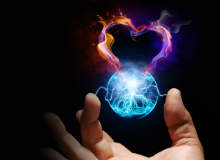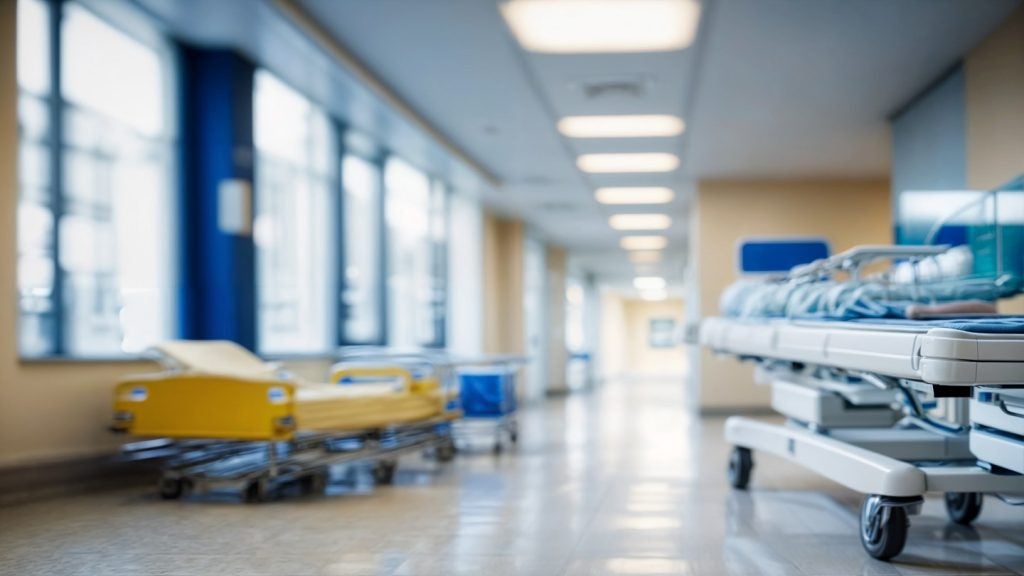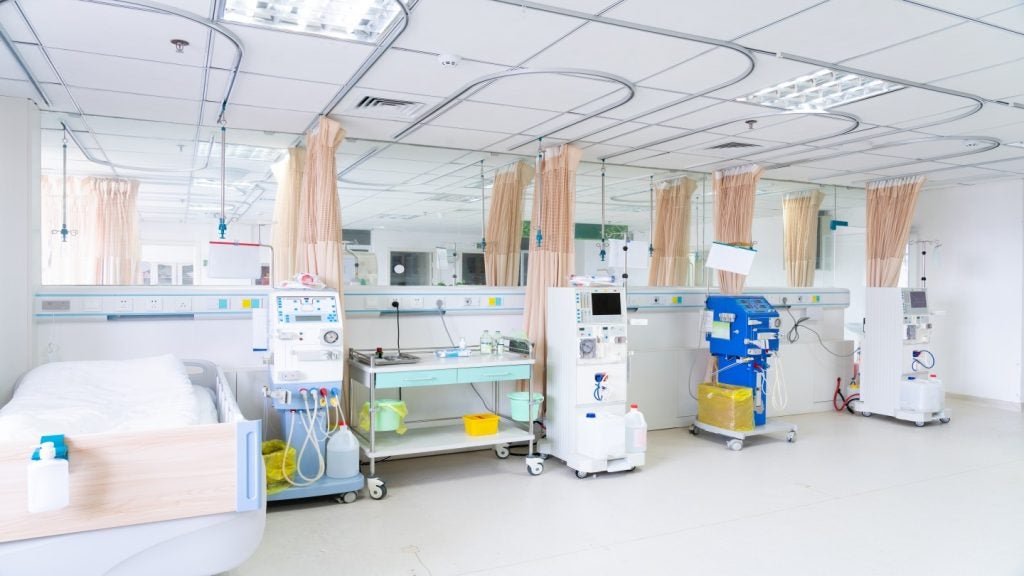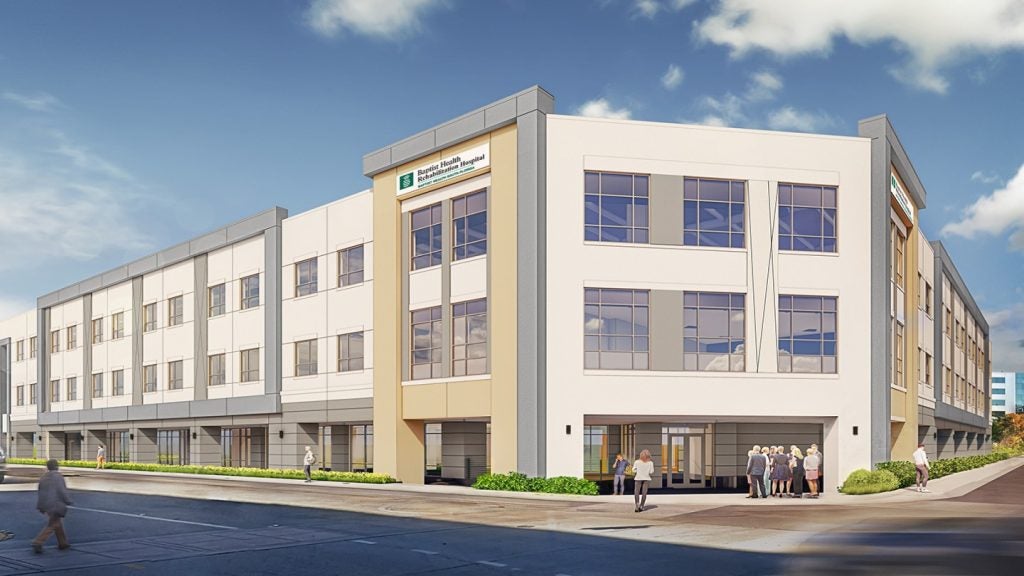
Assessing the function and structure of the heart with cardiovascular magnetic resonance (CMR) imaging, also known as cardiac MRI, is in widespread use, but is most commonly used at the lower of two magnet strengths – 1.5-Tesla. The higher field strength of 3-Tesla could potentially yield twice as much information, but factors such as higher cost, greater energy use and image degradation as a result of a higher number of artefacts has limited its use. New research, however, challenges these assumptions.
Dr James White of the Schulich School of Medicine and Dentistry at the University of Western Ontario is part of a team that has switched to the 3-Tesla field strengths for nearly all of its cardiac imaging and he believes that many of the challenges associated with the higher field strength can be successfully overcome. Accordingly, he feels that 3-Tesla cardiac MRI could, in many cases, yield far better diagnostic results and, therefore, greatly improve patient outcomes.
The challenges of 3-Tesla imaging
"We started using 3-Tesla MRI in 2007, and there were many concerns about using it for research rather than the 1.5-Tesla field strength. The medical community had not appreciated that imaging at higher field strengths was practical and people felt that the challenges would outweigh the benefits," says White.
"There are challenges, such as higher field inhomogeneity because the field is harder to stabilise. There are more artefacts and changes in the quality of the image, especially for accepted pulse sequences. That was a real challenge for 3-Tesla imaging, especially with banding artefacts that can go right across the heart. So, there were many undesirable effects."
The concerns over 3-Tesla imaging, however, are not limited to image quality. White notes that in using the higher field strength over a number of years, it is possible to develop many tricks of the trade that allow for better management of the imaging process to avoid degradation of image quality. Nevertheless, these processes mean more time is needed to correct the image, and the widespread fear is that this could paralyse workflow.
These fears, according to White, have an increasingly shaky foundation, not least because the technology companies behind the imaging equipment work to address such issues.
How well do you really know your competitors?
Access the most comprehensive Company Profiles on the market, powered by GlobalData. Save hours of research. Gain competitive edge.

Thank you!
Your download email will arrive shortly
Not ready to buy yet? Download a free sample
We are confident about the unique quality of our Company Profiles. However, we want you to make the most beneficial decision for your business, so we offer a free sample that you can download by submitting the below form
By GlobalData"Vendors have automated many of the tricks, but we also quickly learnt to manage these challenges and get much better-than-expected image quality. It is worth it because of the improvement in the images. With 3-Tesla, there is much more signal in the images. Not quite twice as much because there is more noise, but it is pretty close. For all routine pulse sequences, the images are better," he remarks.
More signal, more information
Having gone back to using 1.5-Tesla and being dissatisfied, and knowing that using twice as much signal should logically yield more information and, therefore, be capable of producing better images, White and his team looked hard at ways to control the field better.
"Frequency scouts are among the tools we can use. You can shift the frequency over a range to move banding artefacts. You can find a frequency that puts them outside the heart without too much effort. We then realised we could eyeball it and shift the frequency on the fly. Also, over the last two or three years, vendors have improved their algorithms and reduced banding artefacts, especially for the steady state free precession (SSFP) cine sequence that is our main workhorse pulse sequence," says White.
"We can assess the magnetic field when someone is in the scanner and make adjustments to achieve a more homogenous field. We can put the patient in the scanner and get images with very little adjustment, so workflow is not dissimilar to using the 1.5-Tesla field strength," he stresses.
The impetus to overcome the perceived challenges associated with 3-Tesla imaging come from an instinctive understanding that using more signal yields more information.
"Signal is currency. The more signal you have, the more you have to spend. You can use that signal to get prettier images or to increase resolution because you have more signal for each piece of tissue. Or you can spend that signal to increase speed. You can get information quicker as the higher signal gives you richer information. You could, for instance, scan in a single breath hold, so there is no need to track the diaphragm with a navigator," explains White.
"Or you can choose a combination of these things. You could improve resolution a bit and increase the speed of the scan. In stress profusion imaging, for instance, you want a fast scan at high resolution. You want to get the information in an exceptionally short period, such as between heartbeats, to see which tissue is well profused."
More uses for cardiac MRI
The higher field strength of 3-Tesla increases the amount of voxels (volumetric pixels) that a scan can yield. As such, it extends the potential use of cardiac MRI beyond ischaemic cardiomyopathy.
"We can see profusion in the transmural areas of the heart by looking at different layers. We can get ten or 12 voxels across the myocardium instead of three or four. We can compare that to scar imaging and link blood flow to scarring or fibrosis. That can be done much better at 3-Tesla compared with 1.5-Tesla," says White. "We can further exploit the higher signal of 3-Tesla through parallel imaging by combining information from many spatial perspectives."
Here, White draws a simple analogy with an investigation of an event occurring in Times Square at night. If three people witness the incident, then an investigator needs to get a lot of information from each person to establish what happened. If there is a crowd of 40 people, then the details can be pieced together much quicker.
"If you use multiple coils on the chest, then you can get the information in an incredibly short time. 3-Tesla enables you to do that much better because there is twice as much signal. Each witness has a much better view of the incident and so the integrity of the data each gives is much better. You can get the final image in a fraction of the time," he explains.
"In fact, you can accelerate the process by a factor of four or perhaps six because you have so much signal to burn. In stress profusion imaging, for example, you could get ten or 12 slices through the heart rather than two or three. Also, in coronary imaging, the holy grail is high-quality 3D imaging of the coronary vessels. Cardiac CT dominates this field, but if cardiac MRI can match it, it will be by using 3-Tesla."
High-quality 3D images
White notes that it is now possible to get such images in a single breath hold, just like cardiac CT, but only 3-Tesla has a high enough image quality to achieve it. In 2010, he published a paper on 3-Tesla cardiac MRI fused with scar images to show that it could result in a high-quality 3D display.
"We would not even have attempted that without the 3-Tesla field strength," he stresses.
With such a strong body of evidence backing the advantages of 3-Tesla cardiac MRI, the question arises of why it is not universally accepted, given the advances that have been made by technology vendors and clinicians in overcoming the perceived disadvantages.
"Some centres don’t use it universally, though we accept it as our standard. It is all we use here for cardiology. But you can only compare with what you have, and we have a lot of experience with the technology, so we have learnt the tricks. The transition to 3-Tesla involves a lot of learning and it requires a technologist with the right skills, otherwise the product won’t be satisfactory," says White.
"As more centres adopt 3-Tesla, that experience will grow, but we need to demystify it. There are not as many challenges as people think, and the challenges that there are can be quickly overcome. Vendors have already made it much easier to get into 3-Tesla imaging. If people commit to the challenge and face it, then they will be pleasantly surprised."
Challenges in paediatrics
There are, however, some caveats. At Schulich, where 3-Tesla is the de facto standard, cardiac MRI is used only on adults. There may be additional problems to address at centres with different patient populations.
"There may still be challenges in paediatrics. Our patients are older, have larger hearts and many do not have great blood flow. Because the patients in paediatrics have smaller hearts with higher blood flow, there may be more flow artefacts that could obscure the images," says White. "Cost, too, does factor into it. The capital cost of the hardware is not small and hospitals are under greater financial constraints. But in many centres, the 3-Tesla scanner is used for whole-body scans or neurological imaging. The 3-Tesla technology certainly has advantages for brain imaging. So the costs can be justified not on cardiac MRI alone, though I feel that they could be."
Greater diagnostic confidence
If cost is an issue, then White believes that his own research team can point to its own experience to counter that argument by highlighting the huge potential for better patient outcomes.
"The increase in diagnostic accuracy in cardiology and other disciplines is obvious. 3-Tesla has advanced our research programme hugely. It is what makes our research programme competitive. Cardiac MRI at 1.5-Tesla is still a fast, accurate, high-quality tool, and there is nothing wrong with it for cardiac imaging – it is very robust. But 3-Tesla give greater diagnostic confidence and a better understanding of disease pathology," he says.
"Simple questions can be answered using 1.5-Tesla, such as whether a given area of the heart is dead or not. So, it depends where you work and what your priorities are."
That said, the continuing development of 3-Tesla technology is likely to make the case for its wider use increasingly compelling.
"Vendors continue to work on the challenges presented by higher field strengths, and are developing ways to improve its reliability and reduce the need for user interaction. They will build on the significant advances that have already been made," remarks White.
"Many centres have 3-Tesla scanners but use 1.5-Tesla for routine work. They could use 3-Tesla more to build up their experience and see the advantages for themselves. That way they can get over the early growing pains."







